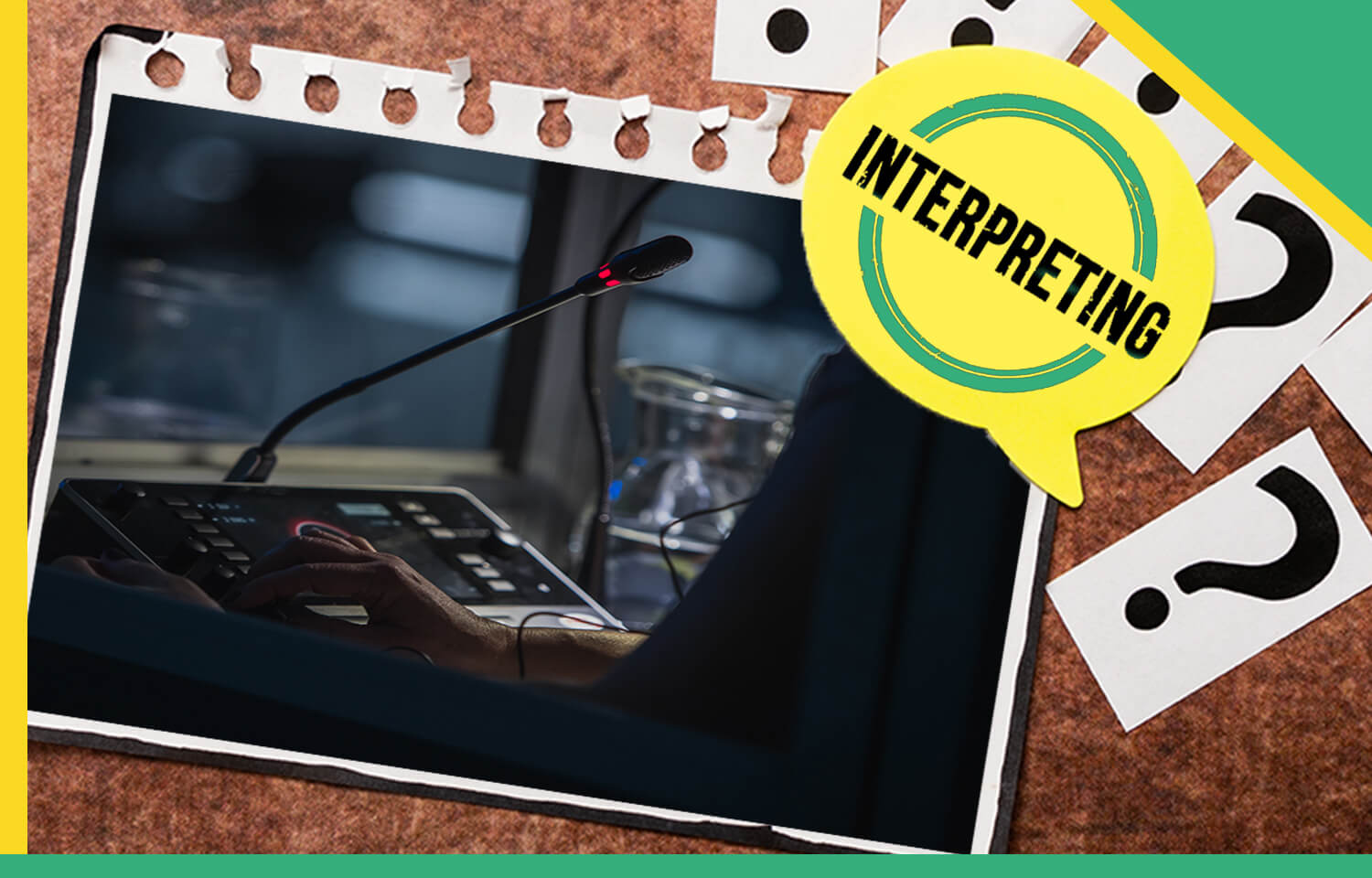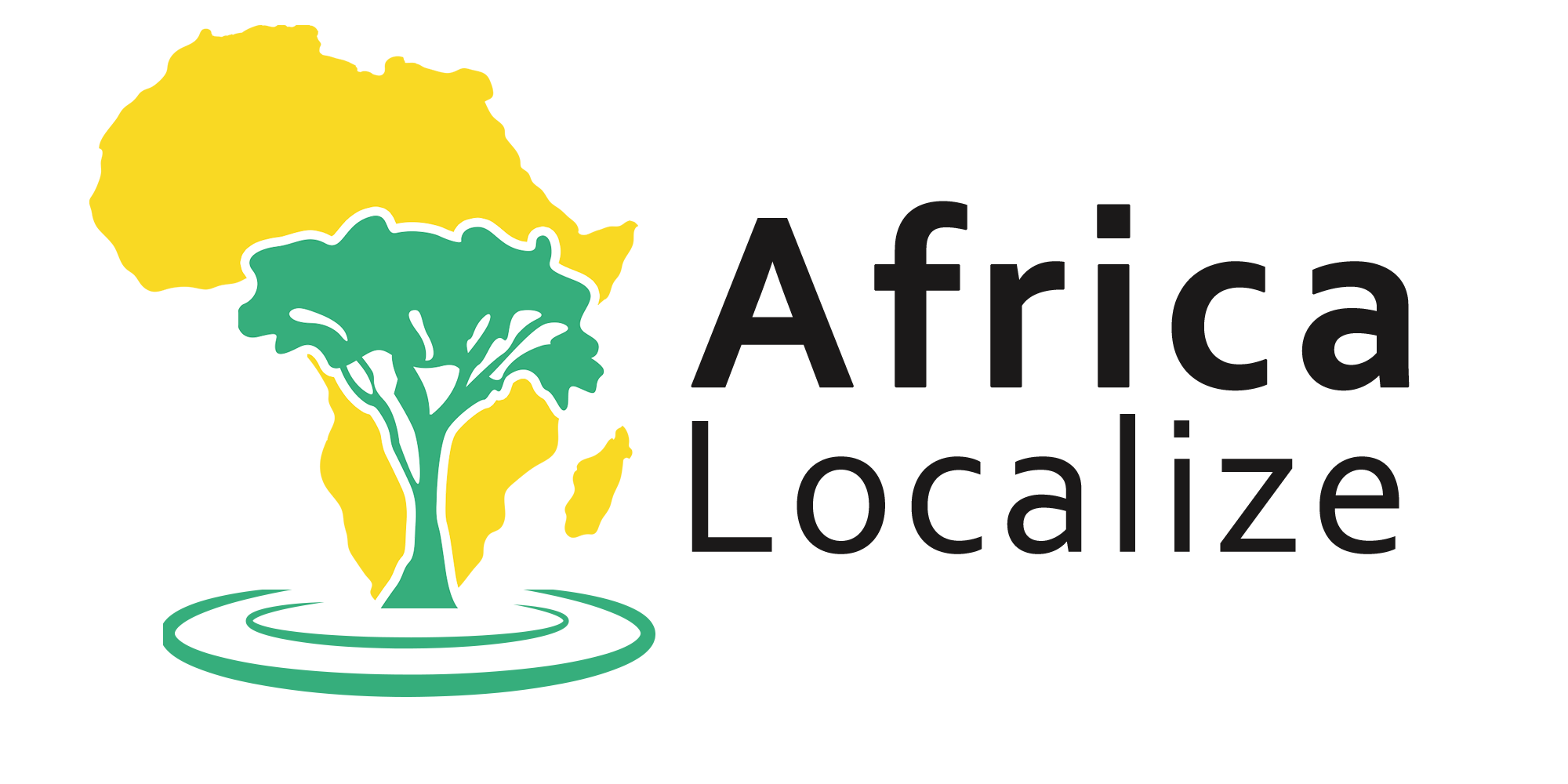What are the Types of Interpreting?

We have all seen a few conferences on TV or online where people from different countries come together in their native tongue and talk about a specific topic.
Maybe you’ve seen two presidents meeting together and each of them is speaking their native language but is still conversing with ease even though they don’t know each other’s language.
How do they speak their mother language and still communicate with ease? The answer to that is pretty simple, all the efforts are done but the hidden heroes, the “Interpreters”.
But what is interpretation? How is it different from translation?
What is interpretation?
Interpretation means verbally translating and conveying a conversation or speech from one language to another either in conferences, meetings, legal appointments, etc…
To be a professional interpreter comes with experience as interpretation has different forms and types.
How to be a professional interpreter?
- Excellent note-taking techniques.
- Initiative and research skills.
- Good concentration skills.
- Good memory.
- Able to maintain confidentiality.
- Knowledge of the general subject and field of the material to be interpreted.
- Intimate familiarity with both cultures.
- Solid general education and extensive vocabulary in both languages.
- Ability to express thoughts clearly and concisely in both languages.

How are translation and interpretation related?
Interpretation and translation are connected together, they’re similar but are also very different.
Working in the translation field involves successfully changing the meaning of written content from one language into another.
One of the most significant distinctions between translation and interpretation is that translators frequently use a broader range of translation tools when working.
Meanwhile, interpretation is an oral form of translation. Interpretation focuses on paraphrasing the content that the speaker is attempting to say.
An interpreter works on projects involving live translation, including translating meetings, conferences, appointments, live TV, and more.
Differences between interpretation and translation
1. Format of words
Interpretation works with spoken language in real-time either in meetings, conferences, or TV.
While translation services work with text, audio, videos, and other types. Translation always deals with written words.
2. Delivery of tasks
The interpretation is done on the spot. The procedure can be carried out in person, over the phone, or via video. Translation, on the other hand, can occur after the source text has been created.
This provides translators with plenty of time to use technologies and reference materials to produce accurate, high-quality translations.
3. Precision to achieve
Translation requires a higher level of accuracy than interpretation.
Interpreters strive for perfection, but it’s difficult to achieve in a live setting — for example, some of the original speech may be left out of the target language.
When reviewing and editing written text for accuracy, translators once again have time on their side.
4. Direction of translation
Interpreters must be fluent in both the original and target languages because they must translate simultaneously in both directions without the use of reference materials.
Professional translators usually only work in one direction: in their native tongue.
5. Fluency of words
Both interpreters and translators face the challenge of making metaphors, analogies, and idioms resonate with the target audience.
In addition, interpreters must capture the tone, voice quality, and other distinguishing features of the spoken word and convey these verbal cues to the audience.
The 5 types of interpretation:
There are many types of interpretation that are used for different situations at different times, like; consecutive interpretation, simultaneous interpretation, whispered interpretation, travel interpretation, and over-the-phone interpretation.
Each one of those types has its own distinctive way and characteristics.
1. Consecutive interpretation:
During consecutive interpreting, the speaker will pause for 1-5 minutes (usually at the end of each “paragraph” or complete thought), and the interpreter will step in to translate what was said into the target language.
Consecutive interpreting can be used in smaller business meetings or on the witness stand in court. This is a back-and-forth interpreting style in which speakers of various languages take turns speaking and being interpreted.
Note-taking is an important skill in consecutive interpreting because few people can memorize a full paragraph in one hearing without losing detail.
2. Simultaneous interpretation:
Simultaneous Interpretation is a type of interpretation that is most often used in business.
Simultaneous interpretation, as opposed to consecutive interpretation, does not wait for a break in a speech to translate into the target language. Instead, simultaneous interpreting occurs over the course of the speech, usually with a delay of 30 seconds or less.
Simultaneous interpreters must be decisive; there is simply not enough time to weigh the pros and cons of alternative translations or to recall just the right idiom in the target language. Any delay and a few words (or possibly an entire thought) uttered by the speaker could be lost.
3. Whispered interpretation:
Whispered interpretation is a type of interpretation that is less common. The interpreter serves one or two listeners in a room throughout the interpretation.
In this type of interpretation, the speaker speaks, and the interpreter only translates the sentences for those who are listening.
This is frequently used in a business meeting where only one person needs interpreting, or in a courtroom where someone in the back of the room needs interpreting to understand what is being said.
4. Travel interpretation:
From a cultural standpoint, travel interpretation (also known as escort interpretation) stands out from other types of interpretation.
Travel interpreters accompany clients to previously agreed-upon destinations and assist them in overcoming language barriers through interpretation.
These interpreters can travel for free while also being compensated for it.
5. Over-the-phone interpretation:
Phone-based interpreting can take several forms. Clients who use telephone interpreting services can receive either consecutive or simultaneous interpretation, depending on the project and their preferences.
This service includes over-the-phone-Interpreting or via a video call or Video Remote Interpreting (VRI). In fact, during the COVID-19 pandemic, there was a significant increase in demand for phone interpretation services.
Frequently Asked Questions about ” What are the Types of Interpreting?”
Conclusion:
Interpretation and translation are very connected together. It is very apparent that they can’t be compared to which is better and which is not as they both have their significance and structure.
An interpreter’s role is quite important to the interpretation process. They gain experience through time and work.
There are many forms of interpretation and they are used in different domains for different purposes.
